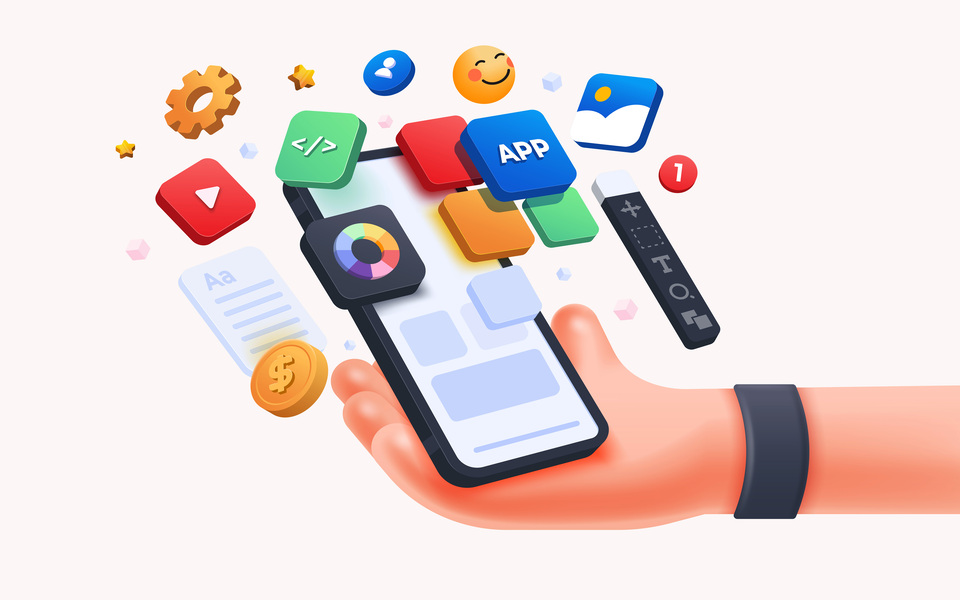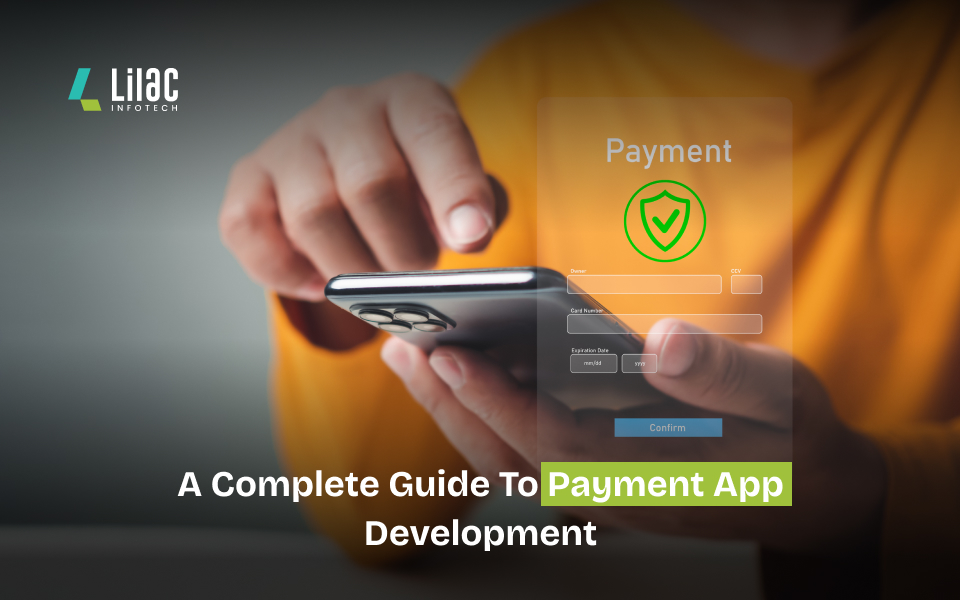
In recent years, the development of super apps has transformed how users interact with technology. As we enter 2025, super apps are becoming a crucial part of our digital lives, consolidating multiple services and platforms into one seamless experience. From messaging and shopping to financial services and entertainment, these all-in-one platforms are rapidly gaining popularity worldwide. This blog will explore the key factors contributing to the rise of super apps, their impact on digital ecosystems, and what the future holds for this trend.
What is Super App?
A Super App is a mobile application that combines multiple services and features into a single platform, offering users a seamless experience across various tasks. These apps typically integrate functions like messaging, e-commerce, payments, social networking, transportation, food delivery, and more. The goal is to provide a one-stop shop for users' daily needs, allowing them to perform various activities without leaving the app. Super apps use APIs and partnerships to expand their capabilities, often focusing on convenience, user retention, and monetization. Examples include WeChat, Grab, Gojek, and Paytm, which have gained significant traction by catering to diverse user needs in a single ecosystem.
Why Super Apps Are the Future of Mobile App Development
Super apps are the future of mobile app development because they offer an all-in-one solution, combining multiple services like messaging, payments, and shopping in one platform. It provides several benefits:
Convenience: Users access multiple services in one app, reducing the need for switching between different apps.
Increased Engagement & Maintenance: A seamless experience keeps users engaged longer and encourages them to stay within the app ecosystem.
Personalized Experiences: Super apps leverage data to tailor user recommendations and content, increasing user satisfaction.
Monetization: Integrated payment systems and ads allow for diverse revenue opportunities.
Network Effects: As more users and services join, the super app's value increases, making it more attractive to everyone.
Developer Efficiency: Developers benefit from a ready-made audience and infrastructure, reducing development costs.
How Does a Super App Work?
A super app functions as an integrated platform that Connects a range of services and tools, all accessible within one ecosystem. Its core functionality lies in its ability to streamline different tasks and processes for the user, ensuring seamless transitions between services. Here’s how it operates:
Integrated Services: Social media, shopping, and payments are interconnected, enabling users to switch between them effortlessly.
Personalized User Experience: The app collects data across services to customize recommendations, deals, and features for each user.
Single Payment System: A unified payment system allows users to perform transactions across all integrated services without leaving the app.
Service Expansion: Through third-party integrations, the app continues to grow its service offerings, enhancing its value to users.
Smooth User Navigation: The app’s interface is designed to let users move fluidly between tasks, from ordering food to transferring money, all in one place.
Key Steps in Developing Super App
Developing a super app involves several key steps to ensure it meets the concerns of users while offering a wide range of integrated services. Here are the key steps:
Market Research & User Analysis
Understand the target audience, their needs, and behaviors.
Analyze competitors and identify market gaps for unique features.
Define the Core Features & Services
Decide the range of services the app will provide (e.g., e-commerce, banking, entertainment, food delivery, etc.).
Assign features a priority depending on user demand and business goals.
Platform Selection & Integration Strategy
Choose the platforms (Android, iOS, Web) that provide the best user experience.
Plan for seamless integration between different services within the app.
Consider the Tech Stacks and the Development Team
Choose a scalable and flexible tech stack, such as microservices architecture for the backend (Node.js, Python) and cross-platform frameworks like React Native or Flutter for the front end, ensuring smooth performance and easy maintenance.
Assemble a cross-functional team with product managers, mobile/web developers, UX/UI designers, DevOps engineers, and security experts to ensure seamless integration of various services and a secure, user-friendly experience.
UI/UX Design, Develop & Test Core Functionalities
Design an intuitive and user-friendly interface that ensures smooth navigation between services.
Maintain consistency in design across multiple services.
Implement the core features, such as user authentication, payment gateways, and service interactions.
Conduct extensive testing for bugs, performance issues, and usability.
Build a Scalable & Secure Architecture
Develop a robust backend architecture to support high user traffic and diverse services.
Focus on security to protect user data, financial transactions, and privacy.
Continuous Improvement & Feature Expansion
Regularly update the app with new features and services based on user needs and market trends.
Ensure that the app can scale with increased users and new functionalities.
Some of the Best Super Apps
WeChat: A Chinese app combining messaging, social media, payments, e-commerce, and more for a comprehensive digital experience.
Alipay: China’s leading mobile payment platform, offering payments, financial services, shopping, and more.
Grab: Southeast Asia’s app for taxi services, food delivery, payments, and financial services.
Gojek: An Indonesian super app providing taxi services, food delivery, payments, and other services.
Paytm: An Indian app offering payments, shopping, bill payments, financial services, and more.
PhonePe: India’s digital payments app with services like shopping, insurance, bill payments, and financial tools.
Tata Neu: An Indian app from Tata Group combining e-commerce, finance, groceries, and more.
Uber: A global app for taxi services, food delivery (Uber Eats), and package delivery.
Revolut: A UK-based app offering digital banking, currency exchange, trading, and financial services.
Rappi: A Latin American app for food delivery, e-commerce, payments, and on-demand services.
Conclusion
Super apps are revolutionizing mobile app development by offering a convenient, all-in-one platform that enhances user retention and engagement. By integrating multiple services, businesses can cater to a wide range of customer needs, making it easier for users to interact with the app and stay within the ecosystem.
Developing a successful super app requires careful planning, the right technology stack, and a user-friendly design. Partnering with a trusted



















This blog provides a very detailed yet easy-to-understand breakdown of the development journey behind superapps, from market research to architecture and feature expansion. I particularly liked how it balanced technical considerations with business strategies, helping readers see the complete picture of why these platforms are shaping the digital economy. The inclusion of global superapps examples like WeChat, Gojek, and Paytm made the guide more relatable and practical.For businesses exploring digital-first growth strategies and scalable app ecosystems, here’s another helpful resource you may find insightful: https://mobisoftinfotech.com/resources/blog/enterprise-mobility/rise-of-superapps-enterprise-consumer A very informative and forward-looking piece that highlights not just the opportunity but also the responsibility in building impactful superapps—great work.